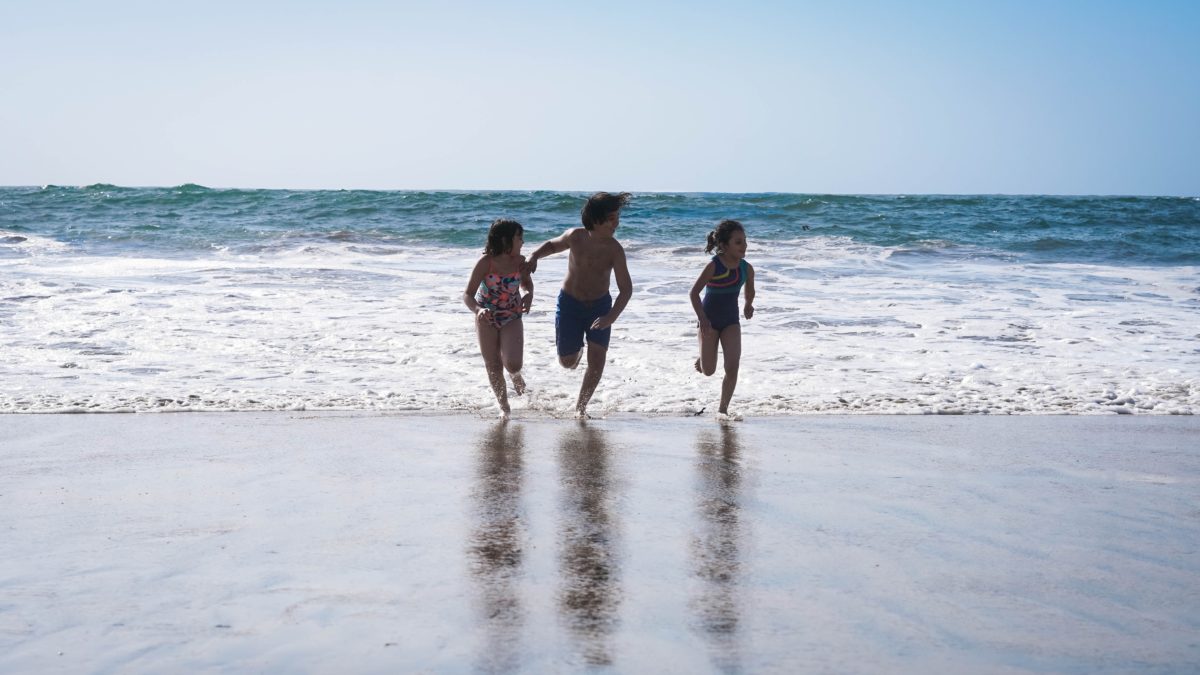Summer Safety for Children in Onslow County

With rumors of a hot summer ahead, families in Onslow County should be prepared for keeping children safe from heat exhaustion, excessive sun exposure, and some of the hazards that accompany summer fun.
From safe swimming protocol to wearing appropriate sunscreen, keep reading for our recommendations to ensure your child’s safety this summer.
Stay Safe in the Sun
Stay in the Shade
While your children will certainly want to enjoy the summer temperatures, encourage them to prioritize shade as much as possible—especially during the heat of the day.
UV rays are often the strongest—and most dangerous—during the hours of 10AM and 4PM, so if your child is outside, play it safe by spending time in the shade.
Sun Safety
Sunscreen is one of the most important ways to keep your child safe and prevent painful sunburns and skin damage. The CDC recommends using sunscreen with at least 15 SPF every time your child goes outside. Apply sunscreen 30 minutes before your child heads outside to play and make sure to reapply every two hours.
You can also further protect your child with a hat, sun-protecting clothes, and sunglasses.
Hydration
When it comes to hot summer months, hydration is absolutely essential. Keeping your children hydrated at all times of the day in the summer goes a long way in preventing heat-related illnesses and keeping your child feeling healthy.
As a general rule, avoid sodas or fruit juices in the hottest months as those can worsen your child’s dehydration.
Car Safety
As a parent or caregiver, developing healthy habits can go a long way in preventing unintentional hot-car deaths. Remember that there is absolutely no safe situation, temperature, or length of time for a child to be left alone in the car.
- Never leave your child in the car alone for any reason—even if you’re just stepping out for a few minutes.
- If you’re out of your regular routine, be extra mindful of your child’s location.
- Try leaving an important item in the backseat of your car. Maybe it’s your purse, cell phone, or ID.
Signs of Heat Exhaustion
Cases of heat stroke and heat exhaustion spike during the summer months—and this can be life-threatening for many children. Before heat stroke symptoms start, most children show signs of milder heat illnesses.
Common signs of heat exhaustion often include:
- Elevated body temperature, usually between 100–104 degrees Fahrenheit
- Cool or clammy skin
- Fainting, dizziness, or weakness
- Headache
- Increased sweating
- Increased thirst
- Irritability
- Muscle cramps
- Nausea or vomiting
- Goosebumps
If your child is displaying these signs, make sure to bring them to a cool, shaded place and encourage them to drink cool fluids. You can also apply a cold wet compress to the skin. Learn more about how to handle heat-related symptoms here.
Summer Water Safety
Whether enjoying a public pool or spending the day at the beach, keeping your children safe in the water is incredibly important. The American Academy of Pediatrics reports that drowning is the leading cause of injury-related death in U.S. children between the ages of 1 to 4.
Backyard Pools
If you have a small inflatable pool in your backyard during the summer months, make sure to deflate it when you’re not actively supervising your child.
If you have a large backyard pool, consider putting fencing around it at least four feet high with a self-latching gate. This can ensure that your child can’t access the pool by accident, without supervision.
Swimming Lessons
Depending on the age of your child, swimming lessons can be a great way to boost your child’s confidence and give you peace of mind. The AAP recommends swimming lessons for children over the age of four years old—however, if your child is younger, you can still take swimming lessons to get them acquainted with the water.
Pay Attention
Whenever you’re near a public swimming pool or a beach, small children must be supervised at all times. You can select a member of your family or yourself as the designated supervisor.
Use Life Jackets
Young children should wear life jackets when playing in or near water. If you’re spending time on a boat or on a dock, make sure your child keeps their life jacket on in case of emergency.
Questions on Enjoying the Summer in Onslow County?
We’ve compiled our favorite outdoor activities in our community along with some of the best summer camps that Onslow County has to offer.
Make sure you’re following @SafeKidsOnslow on Facebook for great safety tips and information year-round.
